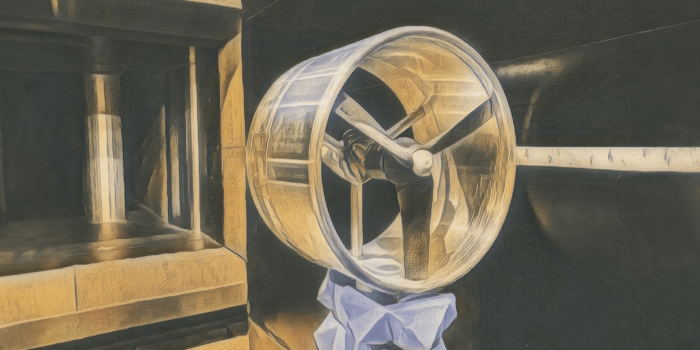Researchers at the University of Bristol have brought us a step closer to enjoying peaceful airplane journeys. Their recent study sheds light on the noise generation and transmission mechanisms of a new type of engine design – boundary layer ingesting (BLI) ducted fans.
BLI ducted fans are embedded within the aircraft body, unlike traditional engines hanging beneath the wings. This innovative design boasts improved efficiency, leading to lower fuel consumption. But a key question remained: how quiet are these futuristic engines?
The research team, led by Feroz Ahmed, identified distinct noise sources – the duct, the fan itself, and airflow over the curved fuselage. Importantly, the study revealed that noise patterns change with varying engine thrust. This understanding is crucial for designing quieter future aircraft.

“By uncovering the physics behind the noise, we can develop guidelines for quieter airframe-integrated propulsion systems,” explained Ahmed. This paves the way for quieter airplanes, from large passenger jets to electric vertical takeoff and landing (eVTOL) vehicles.
While BLI fans offer promising noise reduction, challenges remain. Noise generation from airflow over curved surfaces, a key feature of BLI designs, requires further investigation. This is in contrast to earlier studies that focused on flat surfaces.
Ahmed emphasizes the importance of quieter aircraft for a more pleasant passenger experience and reduced environmental impact. This research, funded by the European Union, is a significant step towards achieving those goals.
The findings not only hold immense potential for noise reduction strategies but could also steer future research in fluid mechanics. This, in turn, could lead to a deeper understanding of how noise behaves in ducted fans exposed to turbulent airflow.
In conclusion, this study brings us closer to the dream of silent flight. By understanding the complexities of BLI fans, researchers can design quieter and more efficient next-generation aircraft, making air travel a more enjoyable and sustainable experience.


